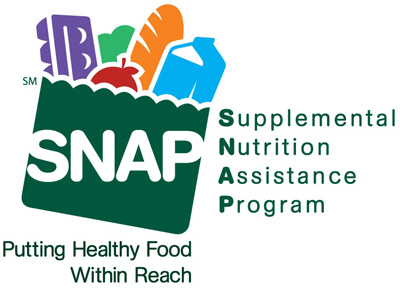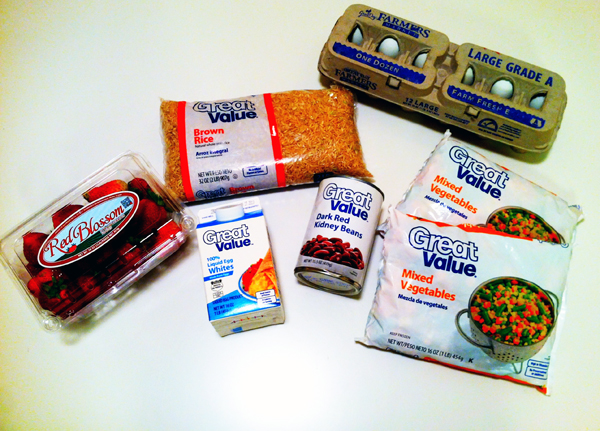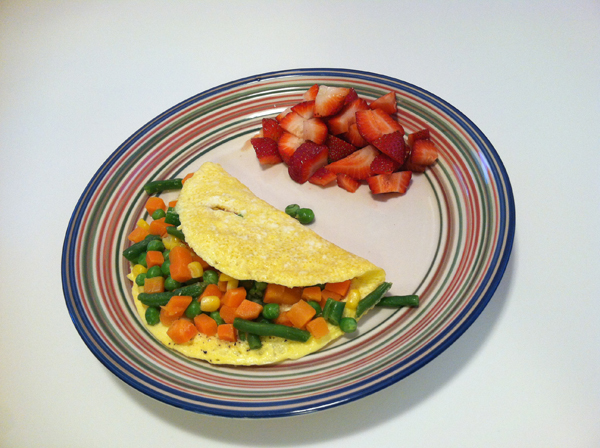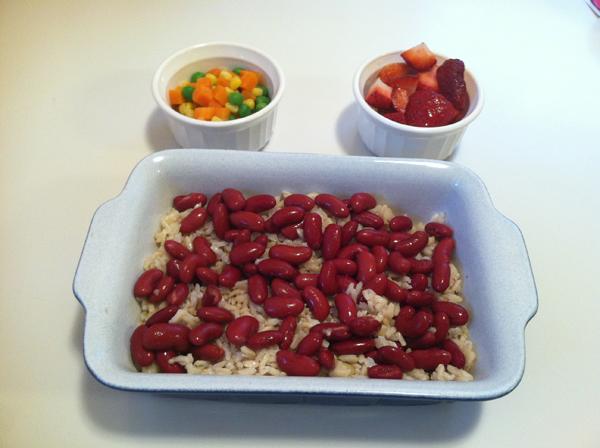Next week presents so many possible changes for our nation as we mark our ballots. Election day could end with a new president lined up to lead the country. A new president impacts huge issues like the soldiers overseas, foreign affairs, and of course the budget. As you vote next week, you will also be determining smaller issues that affect all of us. Who we vote in as our Commander-in-Chief may change what’s served on a large percentage of Americans’ dinner tables.
Frequently called food stamps, our government has a food assistance program called the Supplemental Nutrition Assistance Program, or SNAP. The program is income based and designed to help those who are financially struggling. According to Politofact.com, one in seven US families are using the SNAP program. Findings from the Food Research and Action Center state that many families struggle to purchase enough nutritious food before the month’s allotment runs out. Many users cannot afford proper foods for healthy meals and actually have to turn to food pantries to supplement their food needs.
If one out of seven families are currently needing the SNAP program and the current benefits are found to be too little to support a family, what can one expect from our primary candidates on this issue?
Valerie Jarrett is the Senior Advisor to the President Obama. She explained in The White House Blog where he stands on the issue of food assistance.
“…When President Obama took office, he enhanced and expanded the Supplemental Nutrition Assistance Program. The investments we made kept 3.9 million Americans, including 1.7 million children, above the poverty line in 2025. They prevented child hunger from rising, even as poverty and unemployment levels increased in the wake of the economic crisis.”
The Center on Budget and Policy Priorities reported on what former Governor Romney may intend to do about the SNAP budget is he were elected. Richard Kogan and Paul N. Van de Water wrote that Romney would cut entitlement and discretionary program budgets. These cuts would mean a reduction in the funds allotted for SNAP.
Obviously, there are other political factors that go into the candidates’ stances. If jobs increase, the need for a higher SNAP budget will decrease. This and a plethora of other issues play into each candidate’s positions on the issue. But it’s good to know where they stand and what this current budget looks like for one out of every seven families in this country.
When averaged, the daily budget for one person using SNAP is $4. That’s $28 a week for food. Many people and organizations have taken what is becoming known as the “Food Stamp Challenge.” This is an attempt to see if an individual or family could live off of the SNAP budget. Most find it’s harder than you’d think.
I have a family of three. Me, my husband, and my son. Not only was I curious if we could afford to eat on the SNAP budget, I wanted to know if we could eat healthy on the budget. We attempted just one day and it was much trickier than I thought to feed three people, three meals and snacks for $12.
With a budget of twelve dollars, my shopping trip ended quickly. My creativity took a backseat and I was just trying to cover the major food groups. I ended up with eggs and beans as protein, rice as my grain, frozen mixed vegetables, and I could only afford one fresh item – strawberries that were on sale. My most foolish purchase was one pint of egg whites. I tried to indulge my athlete’s diet. As I’m in marathon recovery, my protein intake needs to be high, but my calories need to stay low due to my lowered activity levels. Egg whites accomplish this need and the containers are much easier to use than separating eggs and yolks. This was the most expensive item I bought at $2.36. I actually felt guilty as I began my day of serving my family on this budget. As my son asked why his lunch contained many of the same items as breakfast, I knew I could have gotten just a bit more had I opted for a less expensive protein option.
I wasn’t able to be choosey about my products. No searching for free range eggs, no looking for the organic or “Made with No GMOs” logos, and definitely very little time in the fresh produce section. I just simply tried to ensure nutrition and had to let my standards dip.
This resulted in omelets with frozen mixed veggies and a few diced strawberries for breakfast. Brown rice and kidney beans along with the same frozen mixed veggies and diced strawberries for lunch. For dinner, I prepared a very boring egg casserole. Typically this dish would be prepared with a plethora of fresh veggies and potatoes and even a lean meat, like turkey. However, I had just enough frozen mixed vegetables left and eight eggs to add some water and pour into a dish for the oven. There was no money in the budget for a spice besides salt. Typically, we’d use a fresh salsa on the dish too, but not this day. While it’s not really complementary, there was still brown rice available and just a few strawberries, so it was served on the side. As far as drinks for the day, we could only afford tap water. There wasn’t enough this day for milk, juice, or anything else. It didn’t look like a meal you’d Instagram, but it was providing most of our dietary needs.
This was one single day. One day on this budget was not a big struggle, just an eye opener. I could have bought several boxes of mac and cheese, cases of ramen noodles, and packages of sugary drinks and my budget would have stretched much further. I tried to feed my family as healthy as I could on the twelve dollars I was allotted. It was difficult as I’m sure it is for those one in seven families. It really just gives you something to think about. Could you eat healthy on four dollars a day? Could you do so on even less? Your vote next week will help decide.
Also Read:
Challenge: Buy 30 Days of Groceries at Whole Foods on a Poverty-Level Budget



